Corsair Performance Series Pro (256GB) Review
by Kristian Vättö on May 14, 2012 9:10 AM EST- Posted in
- Storage
- SSDs
- Corsair
- Marvell
- Corsair Performance Pro
Performance Over Time and TRIM
Garbage collection and TRIM are often things that separate very similar drives if they have different firmware. I ran a few more tests than we usually run in order to understand the drive's behavior better and hopefully illustrate some questions that our readers have brought up. Let's start off by running HD Tach on a clean drive so we have a reference for comparison:
To begin our torture session, I filled the drive with compressible data and proceeded to hammer it with compressible 4KB random writes (QD32, 100% LBA space) for 20 minutes:
We are looking at 171.6MB/s on average, although the performance does drop to as low as ~60MB/s on the earliest LBAs. For comparison, Plextor's M3 scored an average of 163MB/s so the two are very close to each other once again.
As you can see, 20 minutes was not enough to put the Performance Pro on its knees, thus I secure erased the drive, filled it again and now ran our torture test for 60 minutes:
That's more like it. Average write speed drops to 57.4MB/s and at the lowest the Performance Pro is only able to write at ~35MB/s.
The next graph is HD Tach after 60 minutes of torture, followed by 40 minutes of idle time. Note that I did not run HD Tach in between, the drive was left idle right after torturing.
And the performance is almost the same as without idle time. There is around 4MB/s difference in average write speed, which is essentially nothing.
However, there is a rescue: sequential writes. The graph below is also after 40 minutes of idle time but now I ran HD Tach right after the 60 minute torture and then let the drive idle for 40 minutes:
Performance is much better now. The purpose of this test is to illustrate how sequential writes help to restore performance. It's actually quite logical. If you have a drive full of random data and another write comes in, there is a good chance that read-modify-write will be triggered (i.e. the block must first be read to cache and then rewritten with the new page of data). As Anand explained in our SSD Anthology, read-modify-write operations cause a decline on write speeds from a user's perspective—the actual drive is still writing at the same speed but now it has to read the block first, modify select pages and then rewrite the whole block.
On the other hand, a drive that's full of random data which was overwritten by sequential data effectively looks like a post-TRIM drive. The controller can simply throw away all dirty blocks and start writing from scratch. There is still some tracking that the controller needs to do and read-modify-write may be triggered, hence there's lower performance than at clean state, but there is a lot less compared to a drive full of random data.
I decided to run HD Tach one more time after the drive had been idling for two hours:
And performance is almost back to new. Note that this is the third time I'm running HD Tach after the drive was secure erased and tortured, so that's even more sequential writes.
Finally, I secure erased the drive, tortured for 60 minutes and then TRIM'd to see that TRIM is effective—and it is.
To analyze these results quickly, there is once again absolutely no problem if you're running an OS with TRIM support. I would also say that the Performance Pro is fine for an OS without official TRIM support (e.g. OS X). As the graphs show, performance can get pretty bad if the drive is put into a tortured state, but this is the case with all SSDs we have seen so far. However, idle time and sequential writes come to the rescue.
Also, TRIM can nowadays be enabled in OS X. Even if you are not comfortable with TRIM being enabled 24/7 since it's not officially supported by Apple for third party drives, you can always enable TRIM, secure erase free space in Disk Utility, and then disable TRIM. That will TRIM the empty space in your SSD and hence restore performance.
Furthermore, our tests are extreme and their purpose is to show how the drive behaves when it's backed into a corner. You would need a very heavy and specific workload to put the drive in this state, so especially for a normal user there is nothing to worry about even if you're running OS X.


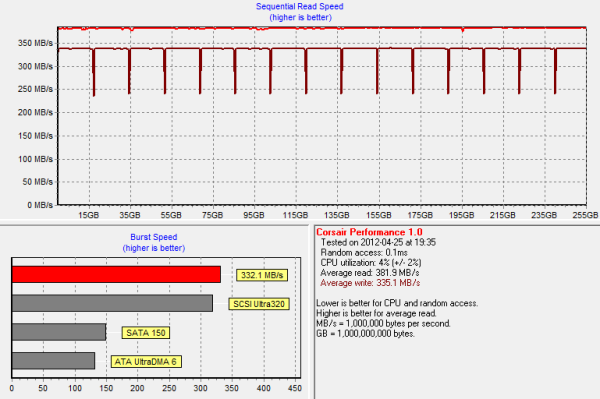
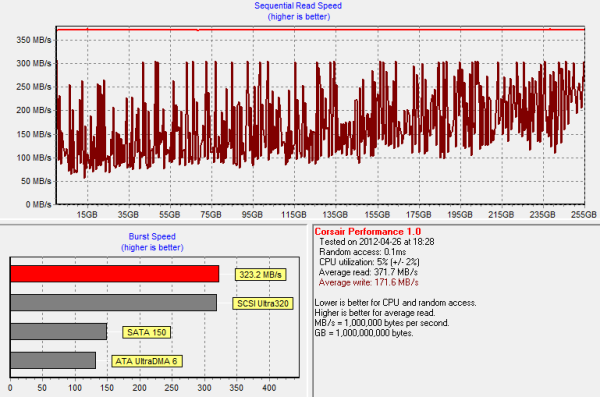
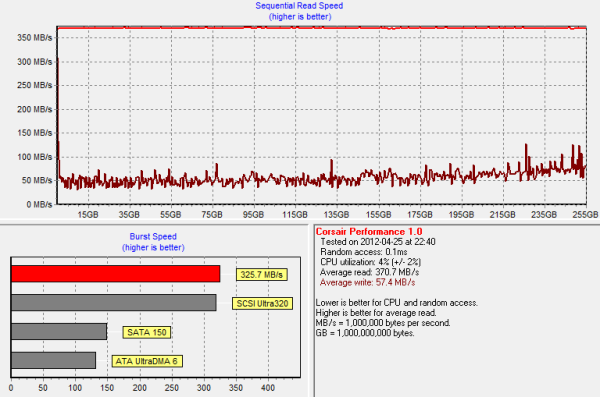
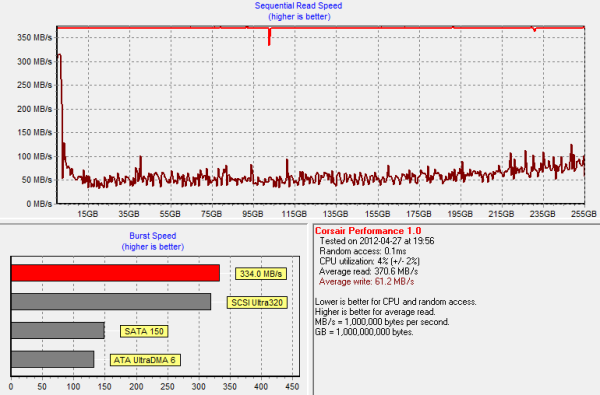
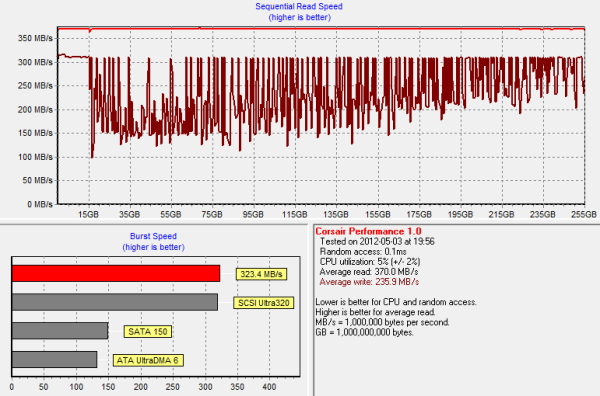
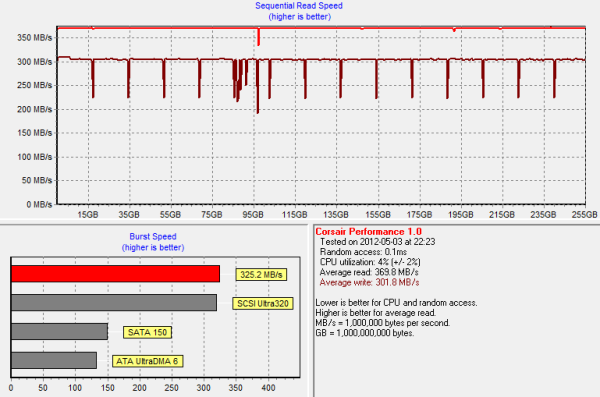
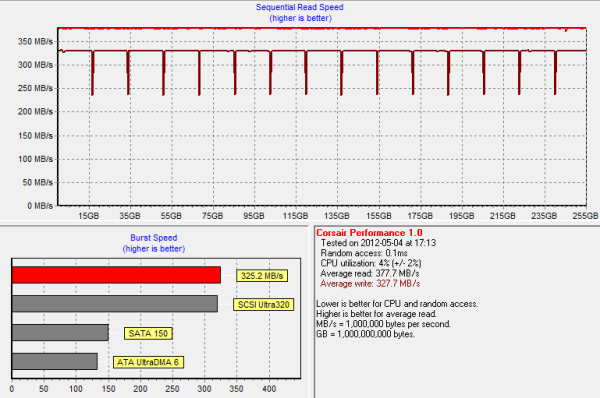








41 Comments
View All Comments
Kristian Vättö - Monday, May 14, 2012 - link
I've had Plextor M3 Pro for a couple of weeks now and review should be up next week at the latest. I didn't have all data yet so couldn't include it in the charts, plus it might have stolen the spotlight so I decided to save all data for a dedicated review.Mathieu Bourgie - Friday, May 25, 2012 - link
Any update on this? I'm dying to see a AT's review of the M3 Pro :Djwilliams4200 - Tuesday, May 29, 2012 - link
Well, "next week" has come and gone.I see that you have the M3P data in the benchmark database, but where is the review article?
Voldenuit - Monday, May 14, 2012 - link
Hi Kristian,Thanks for the review. Could AT please post the physical measurements of the drive? Some laptops are moving to the 7mm thick form factor and will not accept standard 9.5mm thick 2.5" drives.
Kristian Vättö - Monday, May 14, 2012 - link
It's 9.5mm thick, like most 2.5" drives. I added it to the article so it's no longer unclear :-)Voldenuit - Monday, May 14, 2012 - link
Thanks!How's that for awesome-fast service!
GrizzledYoungMan - Monday, May 14, 2012 - link
With the Samsung 830 going for nearly a dollar a gig at the critical 128 gig capacity, I really can't imagine why someone would buy a competitor's SSD. They're already way ahead of most on performance and reliability, for much less than the vast majority of alternatives.Interesting how that old Intel controller in the 320 is still kicking ass where it counts (random reads, latency, IOs at low queue depths). I really feel like most SSDs - all of them, really, besides the 830 and 320 - are designed more to score well in benchmarks than to meet the performance needs of desktop/workstation users.
Really glad we have Anand and his colleagues working on understanding this stuff.
zcat - Monday, May 14, 2012 - link
Indeed. I finally sprung for the 256G Samsung 830 last Friday, since it was on sale for only $235 w/ free shipping, and because it's still "best in class" overall. The Crucial m4 was a close 2nd choice due to its reliability rep as well, but the write speeds suffer a bit. (Thanks for the SSD comparison benches AT!)GrizzledYoungMan - Monday, May 14, 2012 - link
Trust me, you'll be really glad you didn't go for the M4. After my old Vertex (first gen, Indilinx! haha) was dying, I replaced it first with a 128gb M4, largely because of its reputation for reliability.Man, was that a mistake. I was on FW 0309 (which had been issued in a hurry to correct a BSOD issue created by the last FW update) and the thing had major issues. Stuttering, hanging, inability to resume from sleep and so on. The Windows event manager was lit up red like a Christmas tree, and this was with a fresh install on a Lynnfield based machine that worked beautifully with my old Vertex.
Turns out the thing had major, unacknowledged (outside of some hard to find forum posts) compatibility issues with Intel's RST an a number of power management features in Windows 7. I guess Intel and Microsoft are really obscure little companies whose products don't merit compatibility testing? Beats me.
zcat - Monday, May 14, 2012 - link
Hah. I'm also replacing a 1st gen OCZ Vertex. :)SMART says it has only 39% of its (writable) life left after about 2.5 years of use:
209 Remaining_Lifetime_Perc 0x0000 --- --- --- Old_age Offline - 39